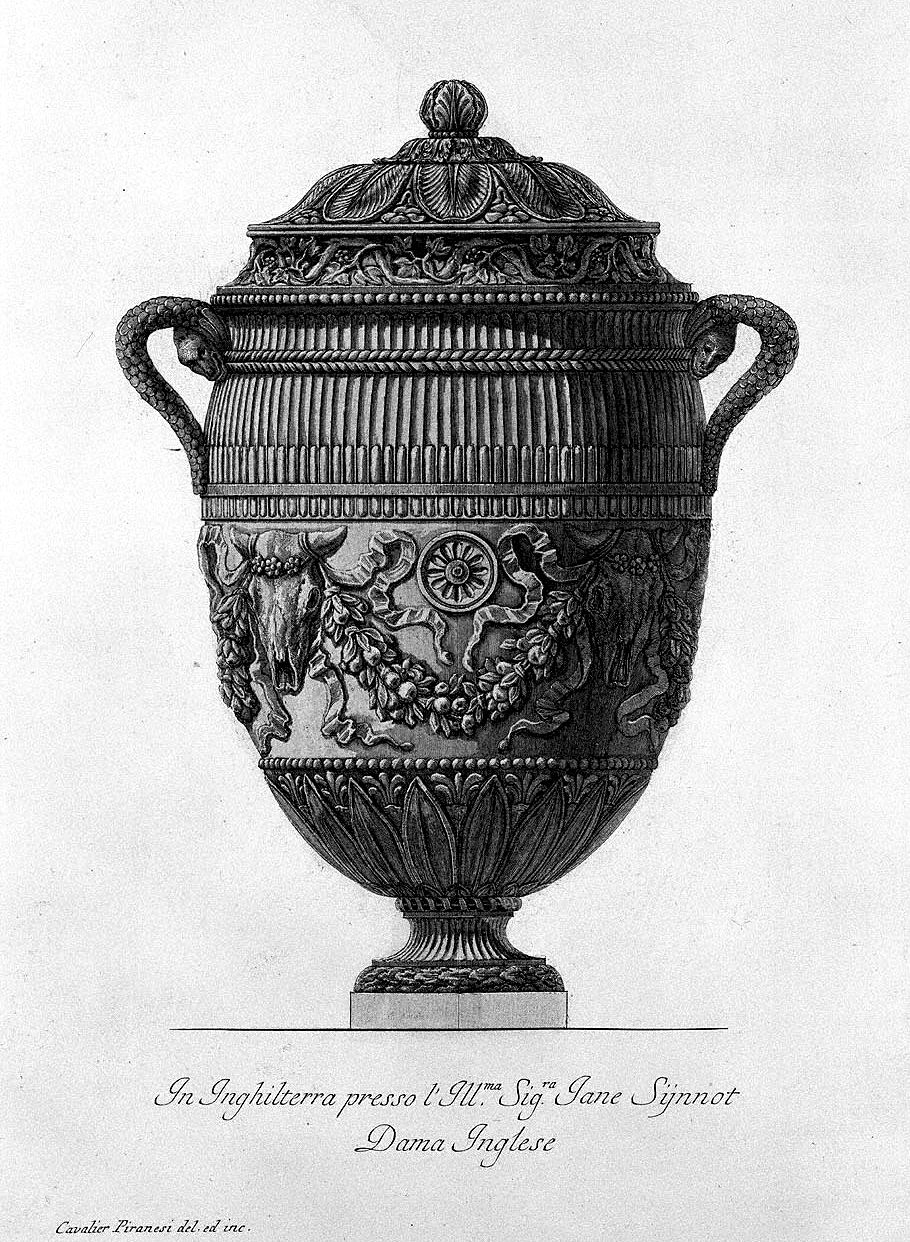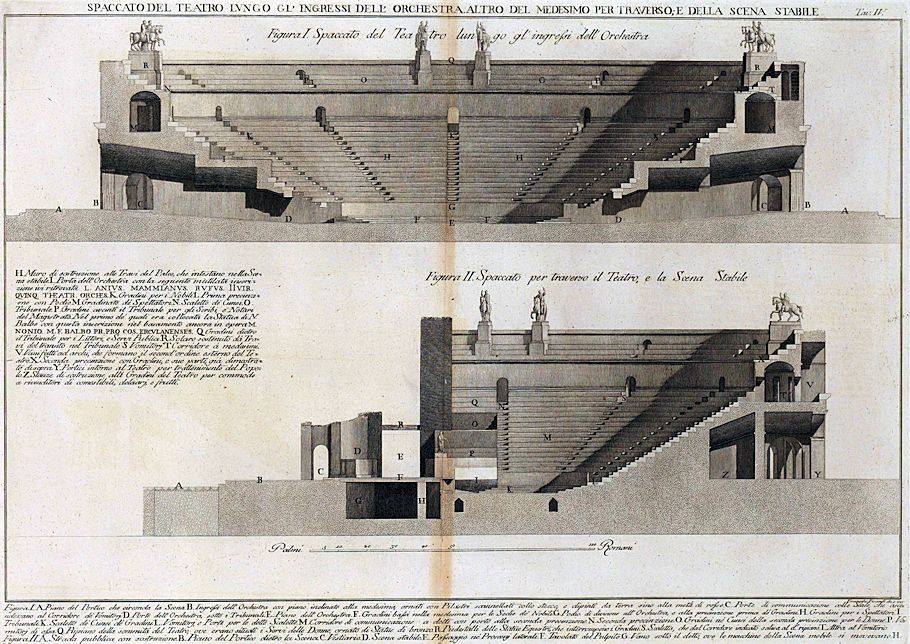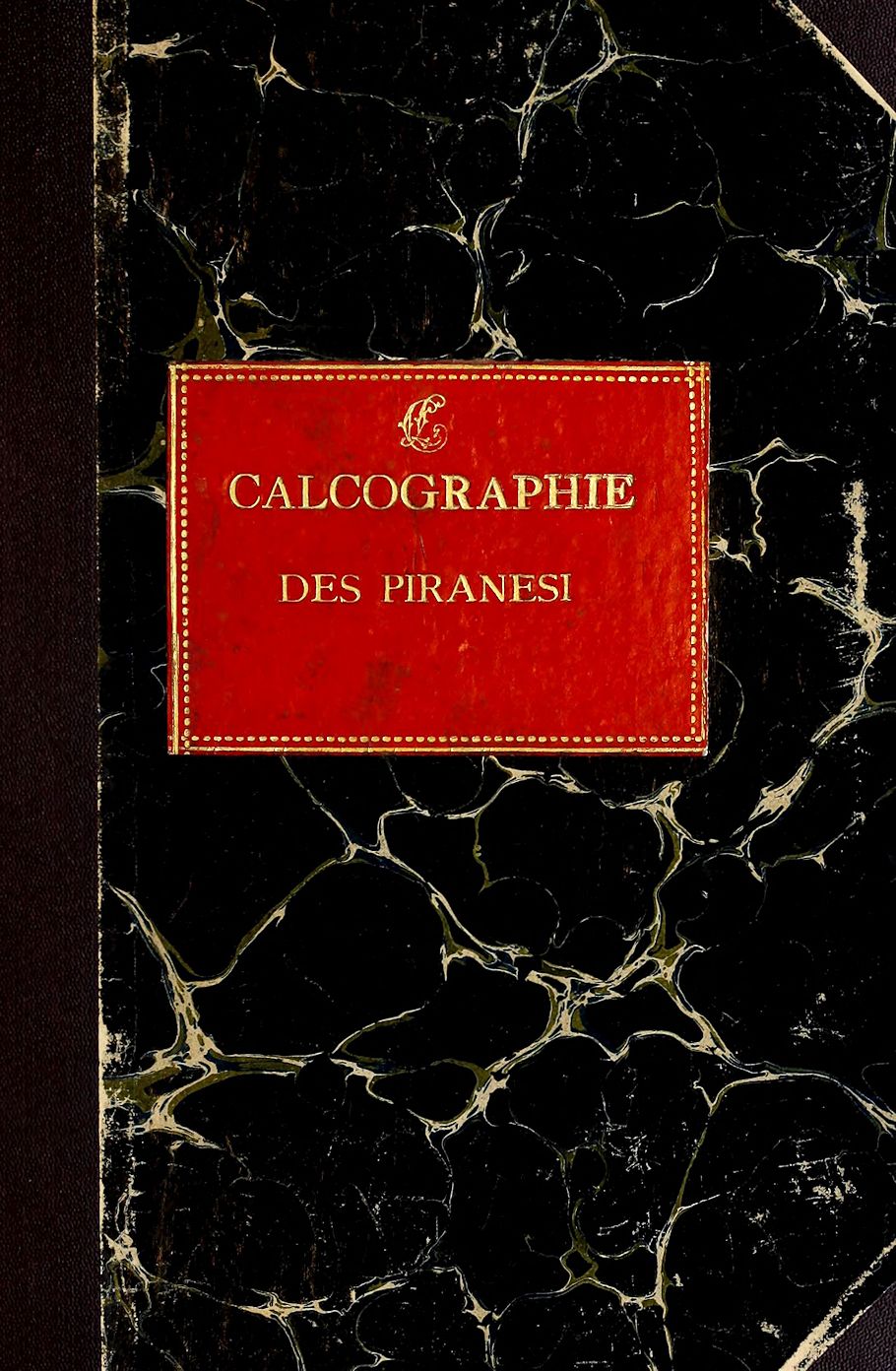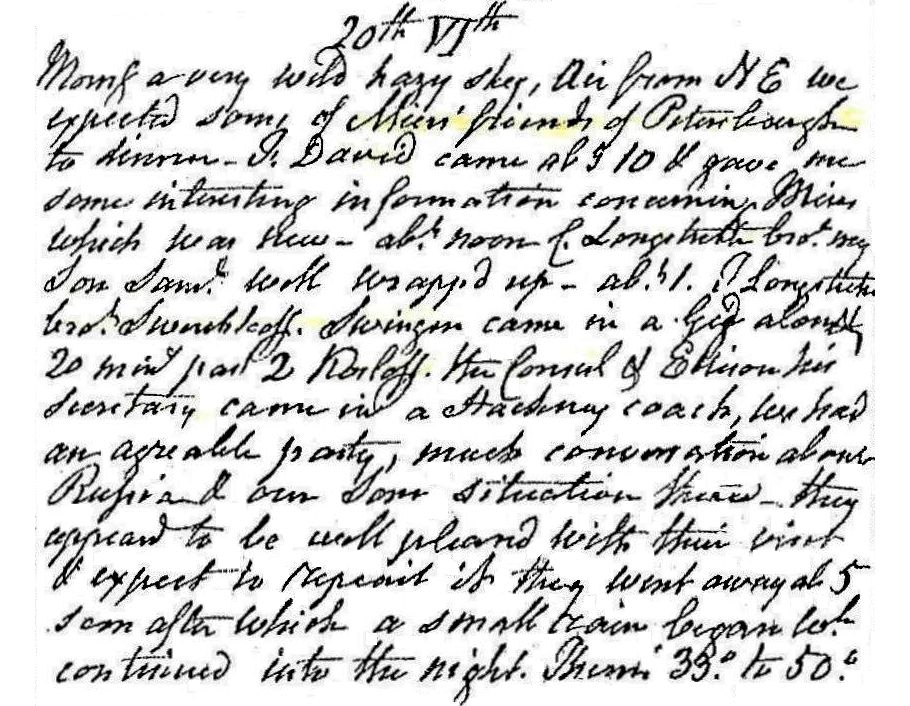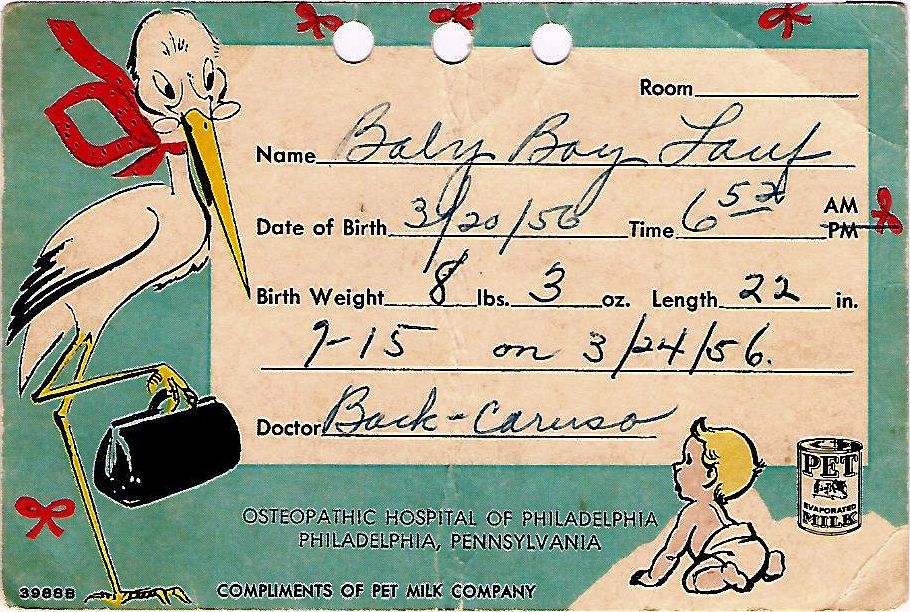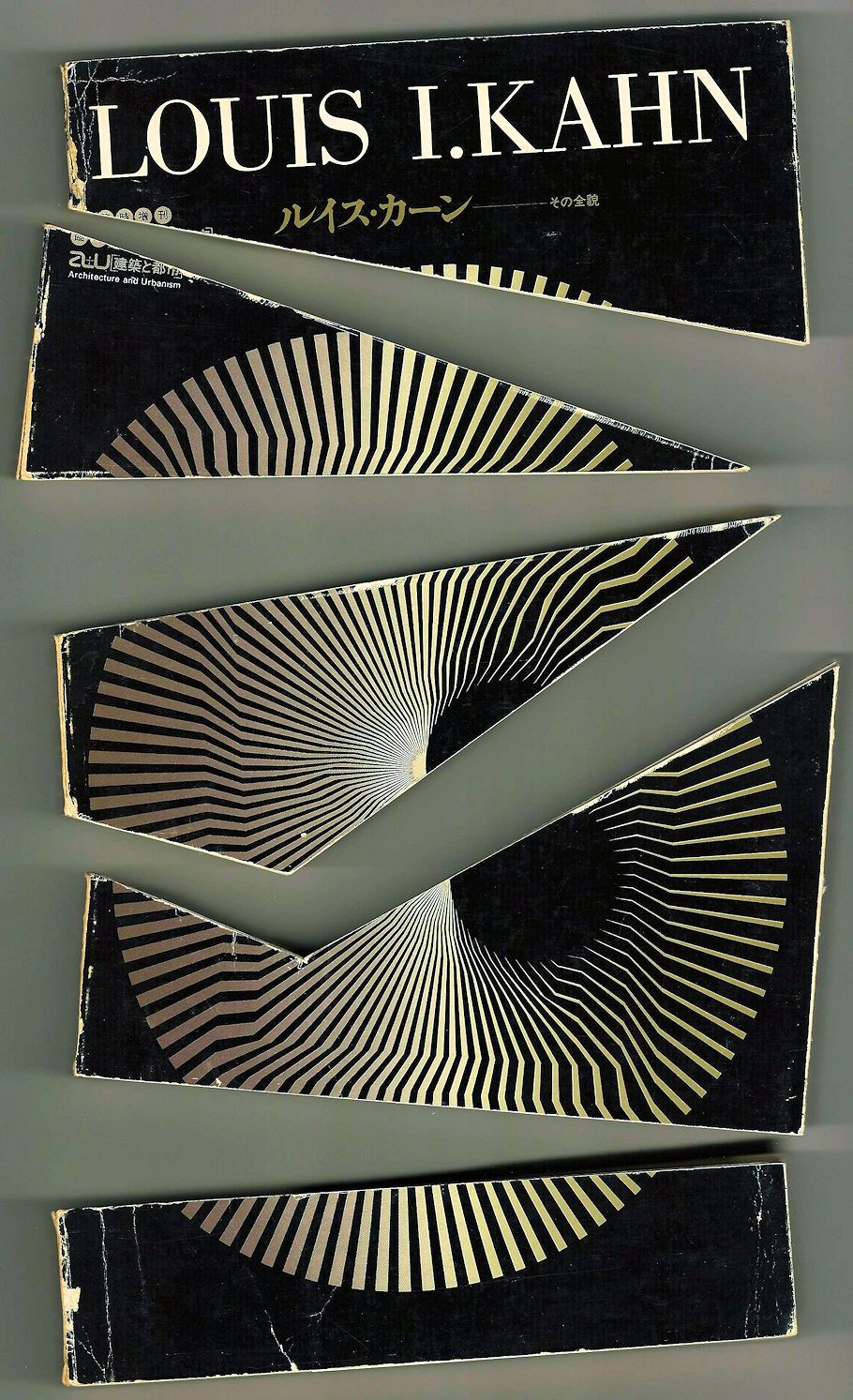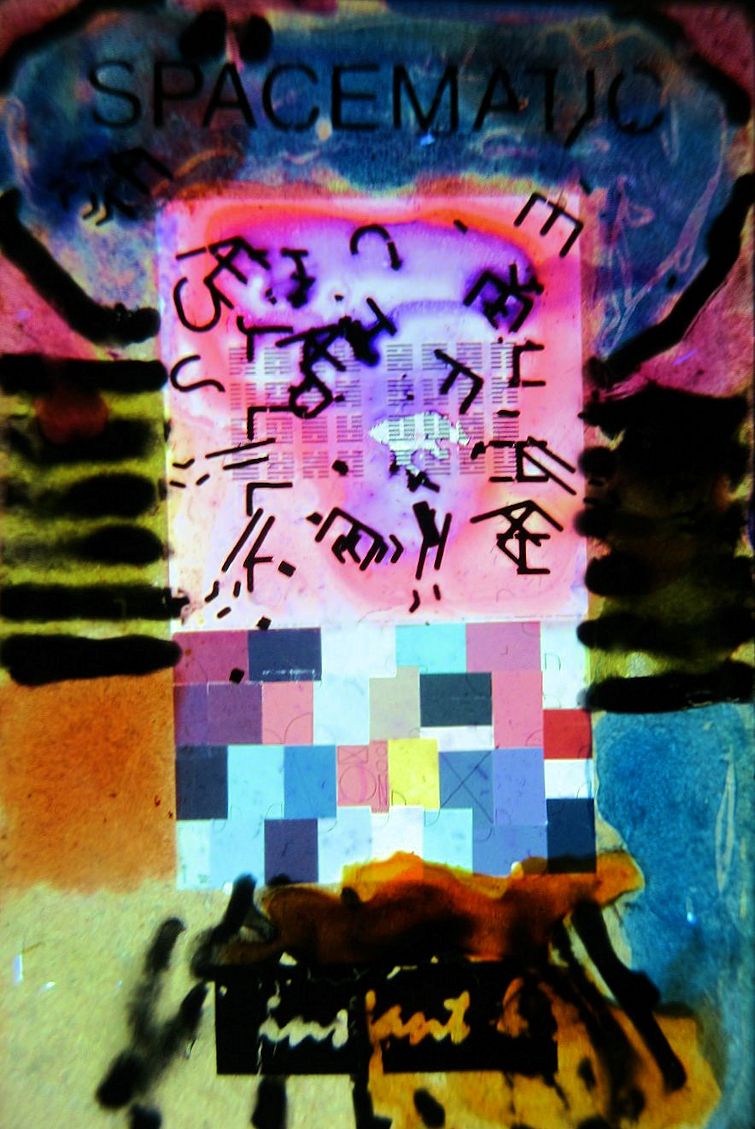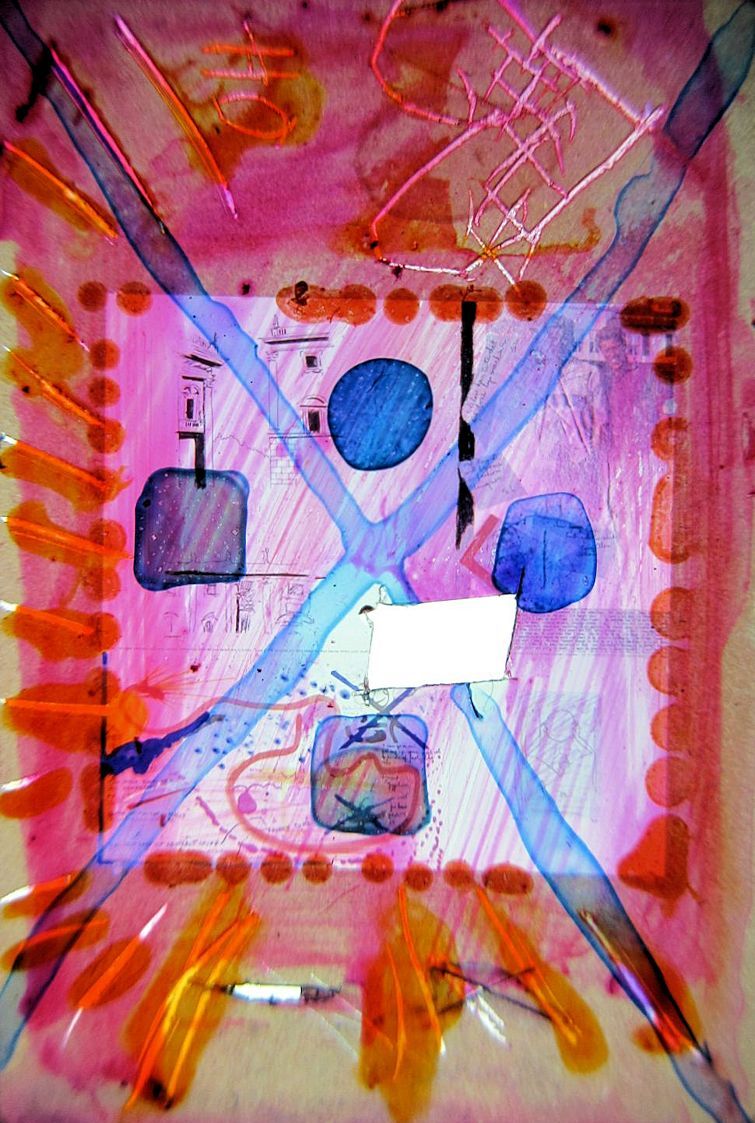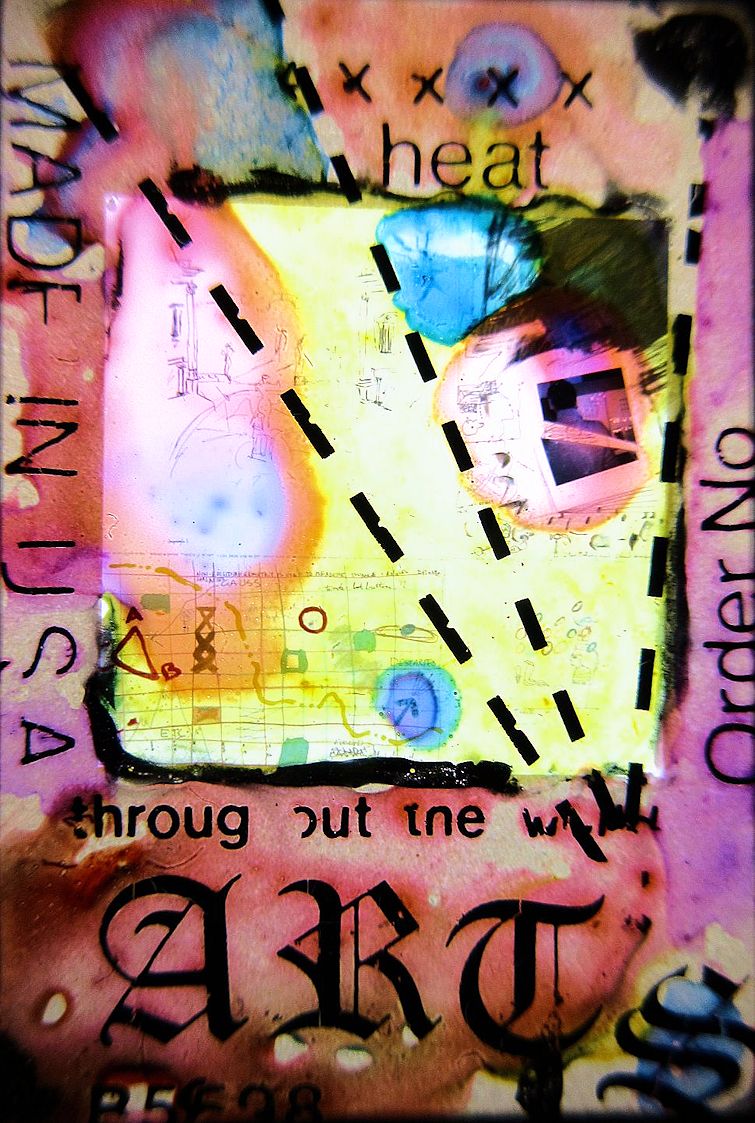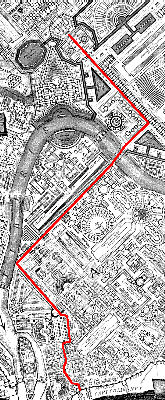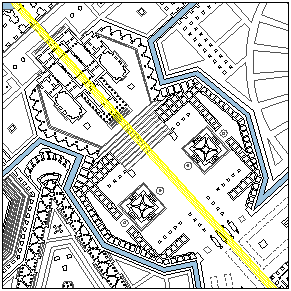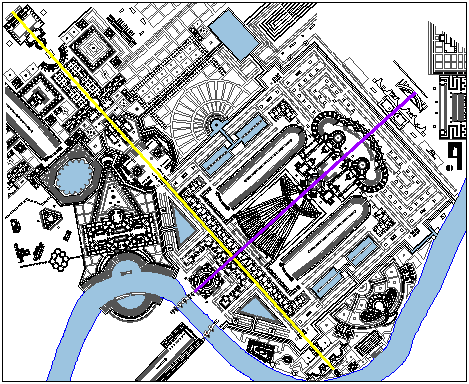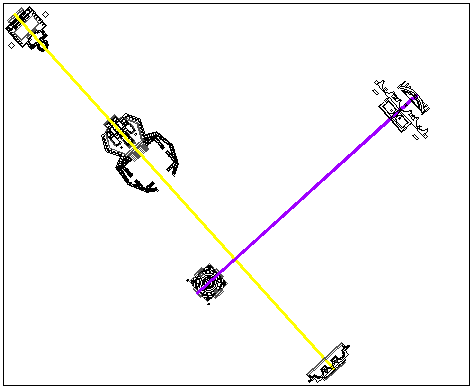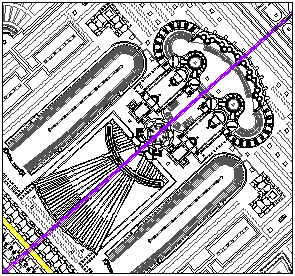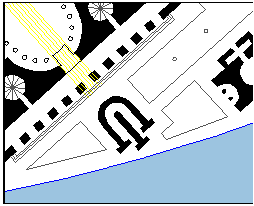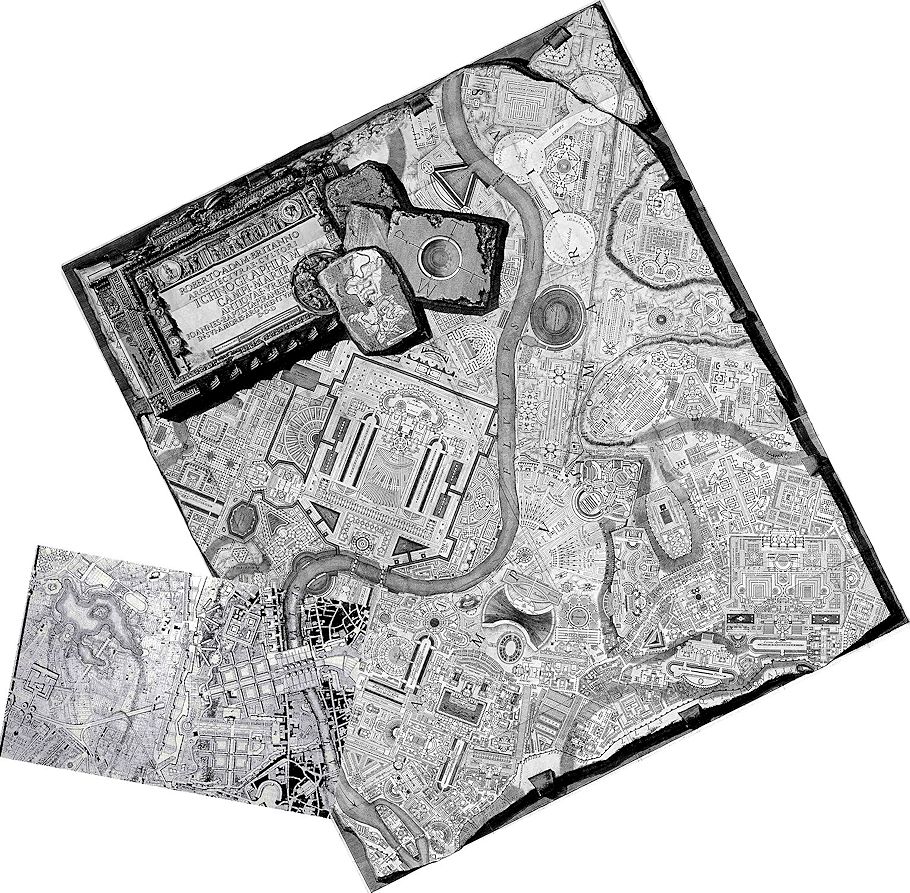Megalomania is the privilege of a chosen few. Piranesi who made his plan in 1761 was surely a megalomaniac frustrated architect (MFA), as also Boullee, Vanbrugh, Soane, Sant'Elia, Le Corbusier, etc., and it is within this distinguished company as an MFA architect that we make our proposal. The megalomaniac architect is most frustrated with regard to projects designed but not built, so the initial decision was to revise Nolli's plan incorporating all our unbuilt works. Soon we were trying to incorporate the entire oeuvre, and in order to sustain a momentum a rigorous method was necessary. Therefore the selection of projects, is limited to those appropriate to aspects of context and association either to the circumstances of 1748, or to JS projects at the time they were designed--sometimes to both. ....
A selection had to be made of existing buildings and places essential to preserve/integrate/intensify, and this, along with contextual, associational, topographical, prototypical, typological, symbological, iconographical and archaeological considerations, has helped integrate JS projects.
This 'contextual - associational' way of planning is somewhat akin to the historic process (albeit timeless) by which the creation of built form is directly influenced by the visual setting and is a confirmation and a complement to that which exists. This process may be similar to that of 'Collage City' (and the teaching of Colin Rowe), and the working method of a few architects (e.g.: O M Ungers), and stands in comparison to the irrationality of most post-war planning--supposedly 'rational', but frequently achieving a reversal of natural priorities.
James Stirling, "Nolli Sector IV - James Stirling," Architectural Design (vol. 49, no. 3-4, 1979).
It is obvious that Stirling cared deeply for his unbuilt works, and he was no doubt well aware of the unfortunate dormancy of architectural designs destined to exist only as drawings. It is quite natural to ponder a "what if" world when looking at the plans and elevations of buildings that were never built. Similar to Michel Foucault's "archeological" methodology, which penetrates into the past seeking thoughts that are no more but perhaps once were, Stirling unearthed a "virtual city/museum" of his own architecture within the context of eighteenth-century Rome. The scheme is like a temporal inversion of Piranesi's Ichnographia of the Campo Marzio where, instead of a past Rome that never was, the plan presents a future Rome that will never be.
Stephen Lauf, Precedent XII (Quondam: seeking precedents... ...finding inspiration exhibit, 1997.03.20).
What portion of the actual qualities of an 'architect', in the entire sense of the word, that is to say in the sense of a creator of ideal forms which have practical ends and the imagination of art, what portion of these characteristics are to be found in the figure and personality of G. B. Piranesi? Engraver, painter-engraver, architectural designer, scholar of Roman construction, in his own way an essayist and archeologist, scenographer, did he also strive for an active, militant role in architecture? In short, did he aspire to build as a participant in the architectural movements of his time, for clients who could furnish him themes and commissions equal to his high aspirations and inspirations? Or must his potent charge of architectural knowledge, of architectural dreams and visions, abounding in the immense production of his designs, engravings, and writing, be considered an immense potential which never found favorable conditions for its proper realization? And did he satisfy himself solely through his visions, his evocations, the world or universe which he discovered in his fascinating soul? Through that world which at that time was being revealed in a new light? Was he but the narrator of a poem about ancient history? These questions may seem superfluous, given the complexity of the Piranesian works, all directed to the study and representation of the architectural monuments of Rome, for which the designation of 'architect', beyond the of 'engraver', is implicit.
Vincenzo Fasolo
Not only is practically everything in Piranesi's immense oeuvre "virtual," but the degrees to which he both created "virtual place" and utilized "virtual" representations suggests the concept of virtuality pervaded his whole methodology as well. As a consummate engraver, Piranesi practiced "virtual architecture" designing "magnificent" buildings and an extraordinary city, filled volumes with "virtual archeology," and manifested "virtual prisons" that torture perception.
Viewed as a whole, Piranesi's creative output is nothing less than an enormous museum of architecture in the virtual realm.
20 March 1998
Life Death Triumphal Way - the beginning of my Campo Marzio story
It is now exactly one year since Quondam's first exhibit and the presentation of the notion of life and death in the Campo Marzio. Practically all that I now know about the meaning of Piranesi's Ichnographia has come to me within the last year, and hence I feel it now appropriate to reissue the Campo Marzio portions of the exhibit and with it start my entire treatment of the life and death axes and the triumphal way. This will, of course, turn out to be a major documentation, and there are still some obstacles such as portion of the Triumphal Way that I have not yet redrawn, but overall I think I can tackle the whole narrative because my delivery of the data will be both objective and personal.
My mode of objective writing mixed with personal writing is not yet tested, but I have a feeling that this first text will evolve throughout the process, and will simultaneously provide a vast variety of connections to all the other topics regarding the Ichnographia that will be presented in due course. While the Stirling essays are a clear example of the format I will fundamentally follow, I will also make an effort to experiment with other types of texts that are as complex and overlapping as the Ichnographia itself. (In fact, I will be presenting my process of writing on the Ichnographia as trying to emulate the organization of the Campo Marzio itself.) No doubt, I will try to make use of all the novel options available with HTML and animated gifs.
As to the subject matter, I will remain focused specifically on the three concepts of life, death, and the Triumphal Way. Each of these topics, however, bring a number of other concepts with them, such as inversion, reversal, and beginning and end, and the whole notion of reenactment. I think I'll be able to bring up these coincidental topics in the form of an introduction, and subsequently link to other (forthcoming) texts that will elaborate on the introduced topics individually, treating each topic as an essay itself. I know there are going to be many connections and cross references throughout, and their shear number may at times seem to work against my narrative plan, but I am hoping that at each breech in the development, I will be able to turn whatever difficulty arises into not only an advantage, but an integral part of the overall scheme as well. I am sincerely hoping that once I start, the words and the story will just continue to flow, if not at times overflow.
As I already mentioned, there is still a good amount of redrawing that I have to do with regard to the triumphal way, and I need this graphic data to tell the story. I must, therefore, begin redrawing the needed sections immediately. I know this will require a major effort that will take away from my other projects, but actually getting the drawing portion done will also liberate my ability to write about the Triumphal Way in depth. I also need the area of and around the Arch of Theodosius et al.
Campo Marzio bibliography & my own reenactment process
Not surprisingly, I already see the proposed annotated bibliography as producing a narrative text about itself and especially about the record of my own research process -- actually a record of how the research process and my ultimate Campo Marzio narrative grew, changed, and developed along the way. What will be of overall interest is that nearly all the texts contributed major pieces of the puzzle, that while it could be looked at as a grand collage, the final picture is nonetheless a strongly cohesive unit of data that points ostensibly to the fact that Piranesi knew virtually all there is to know about the ancient Roman Campo Marzio, and, moreover, the Ichnographia is the metabolic catharsis of Piranesi’s almost unfathomable assimilation of knowledge attained throughout the decade or so immediately prior to the drawing of the Ichnographia and the ultimate publication of Il Campo Marzio. Last night I thought of how Piranesi’s first mode of operation was assimilation of the data--this lead to years of more and more intense osmosis with the material as well--and finally the abundant assimilation and osmosis sparked a whole new metabolic catharsis which manifested itself as Il Campo Marzio.
In seeing the bibliography as a whole, I also began to see how I too was/am assimilating vast amounts of knowledge and history, and, furthermore, since I think about or actually work on some aspect of the Campo Marzio practically everyday, I too am now experiencing the effects of continual osmosis. Hence, I am myself now on the verge of a metabolic catharsis.
20 March 2017
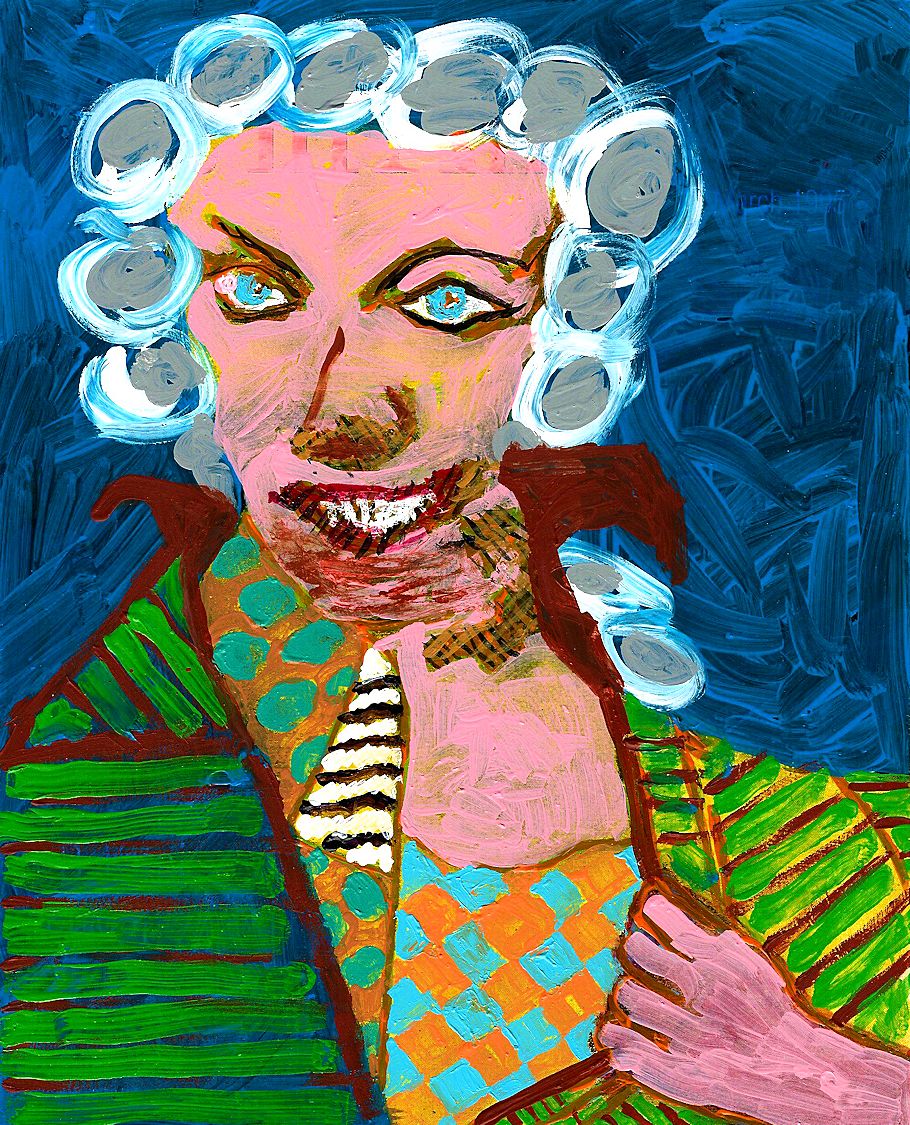
zero zero three
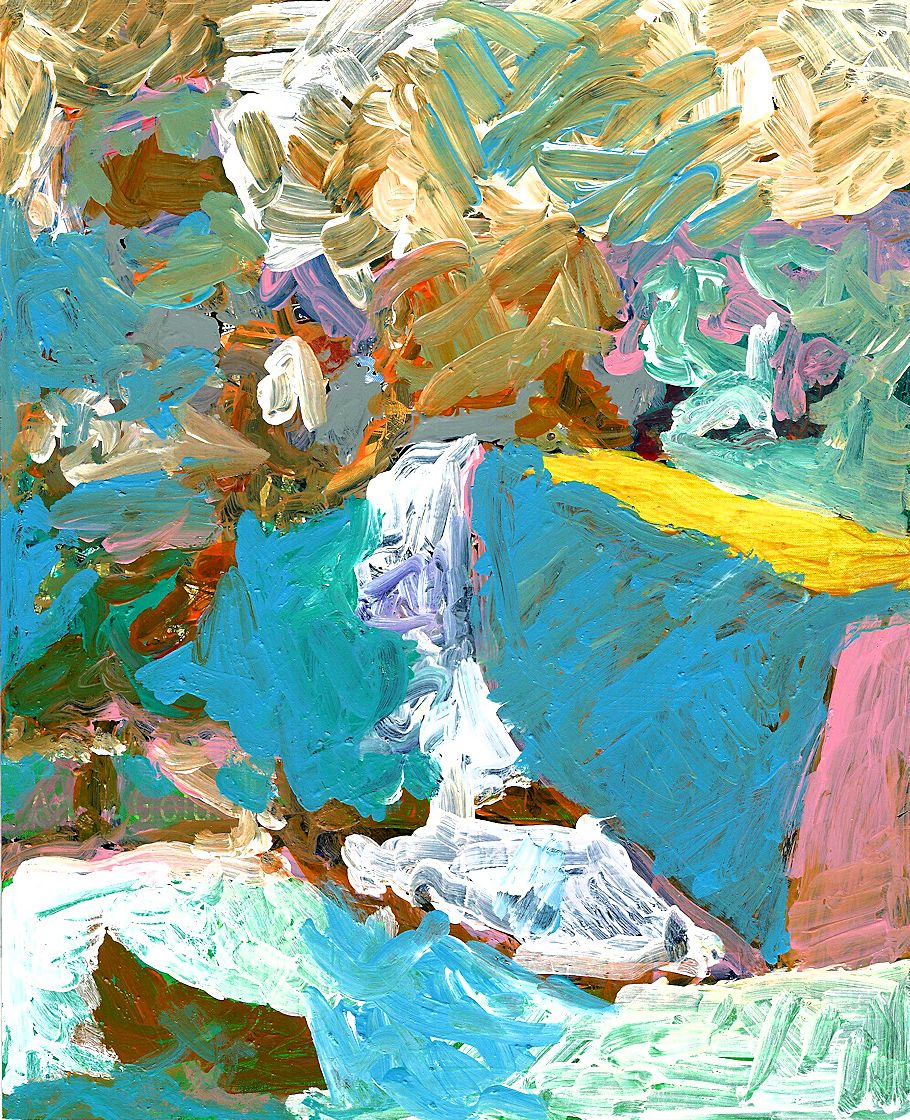
zero zero four
20 March 2023 Monday
While Miers was here, today in 1812, awaiting an agreeable Russian foreign relations party, I was here, today in 2023, greeted this morning shortly past 9 with this:

Big smiles and genuine laughter.
Later in the morning received some positive text updates regarding a bone marrow transplant performed late last Thursday. Rest of the day just took it easy; all of us were a bit tired, although completely random DJ George did have us listening to Barry White for part of the afternoon.
|
